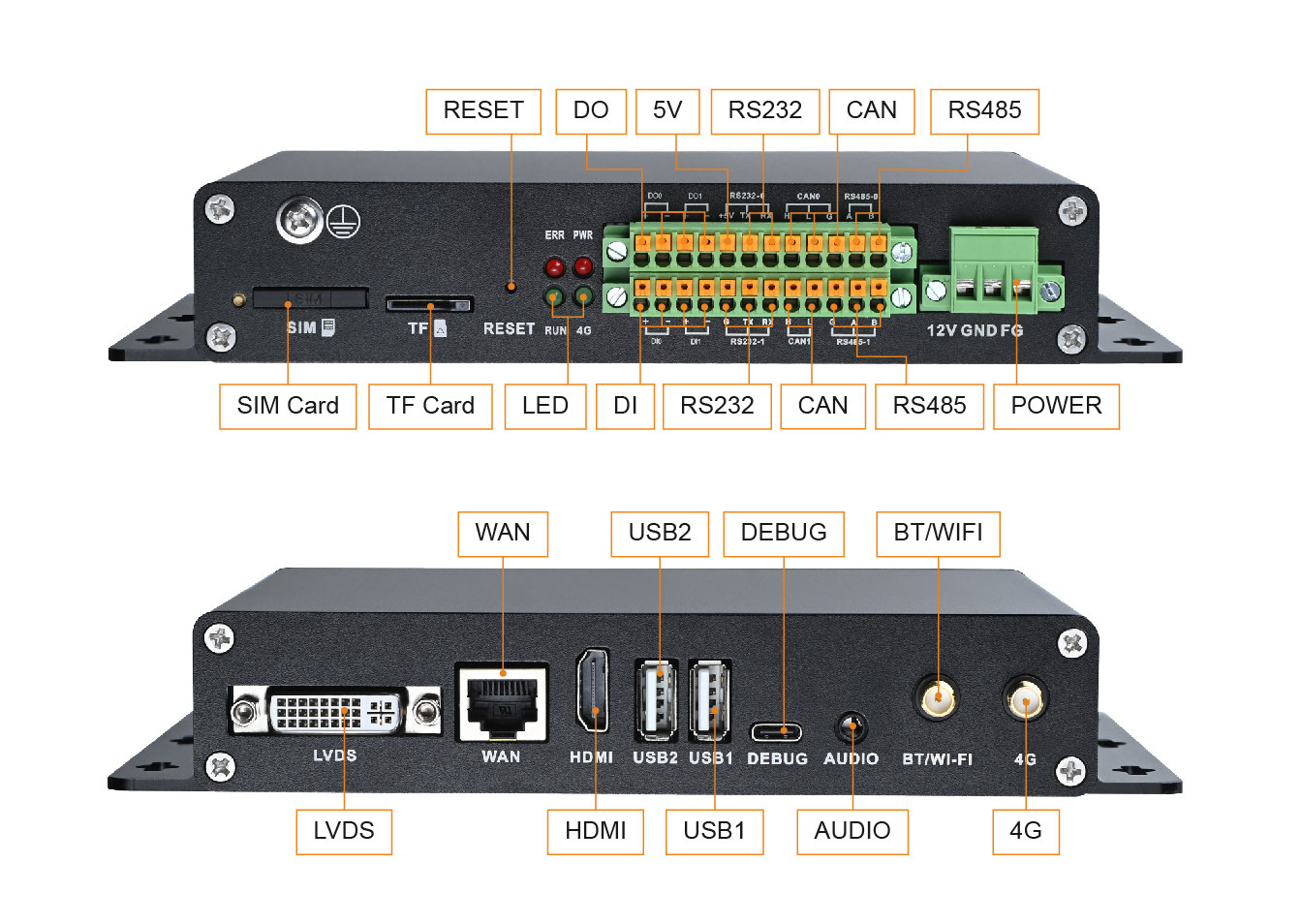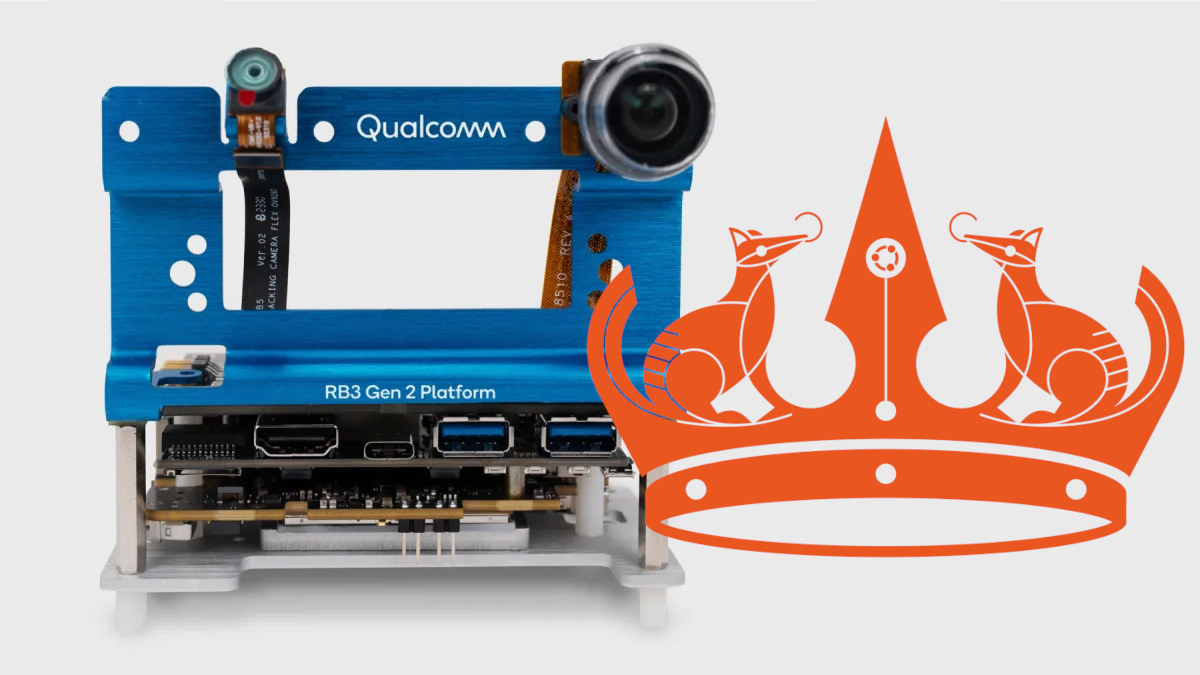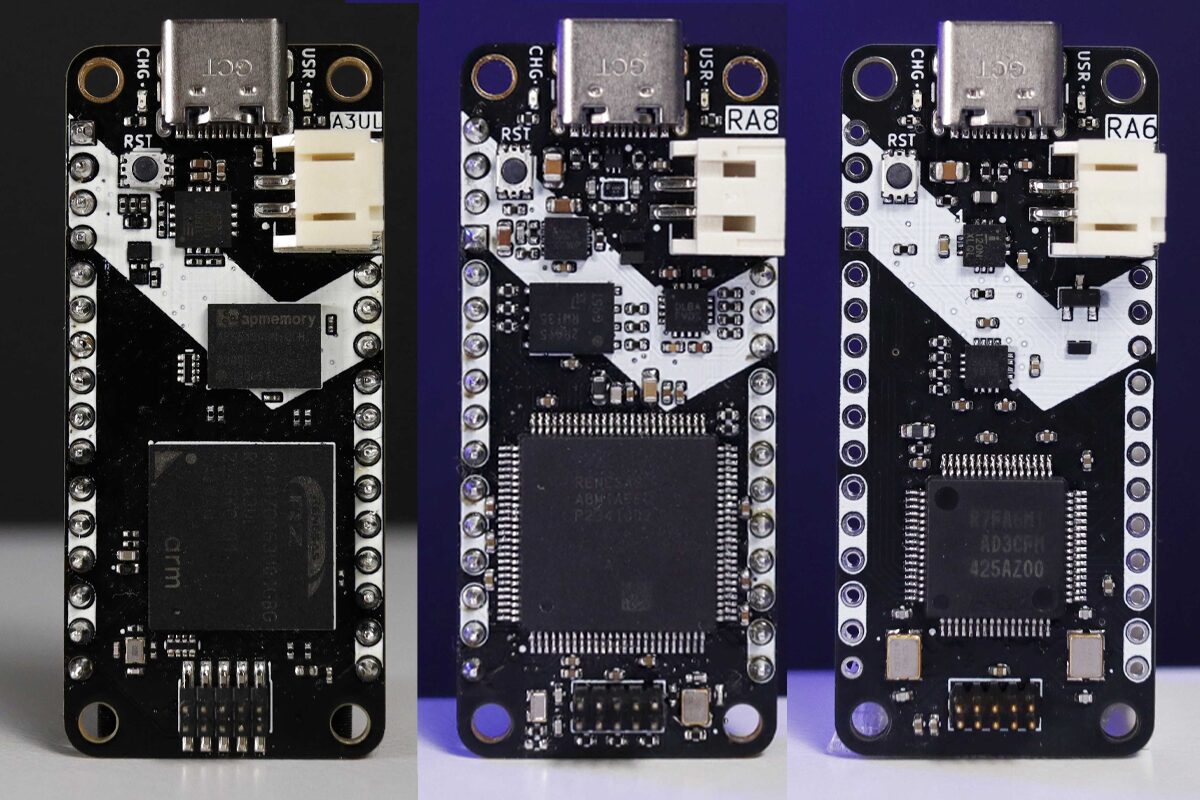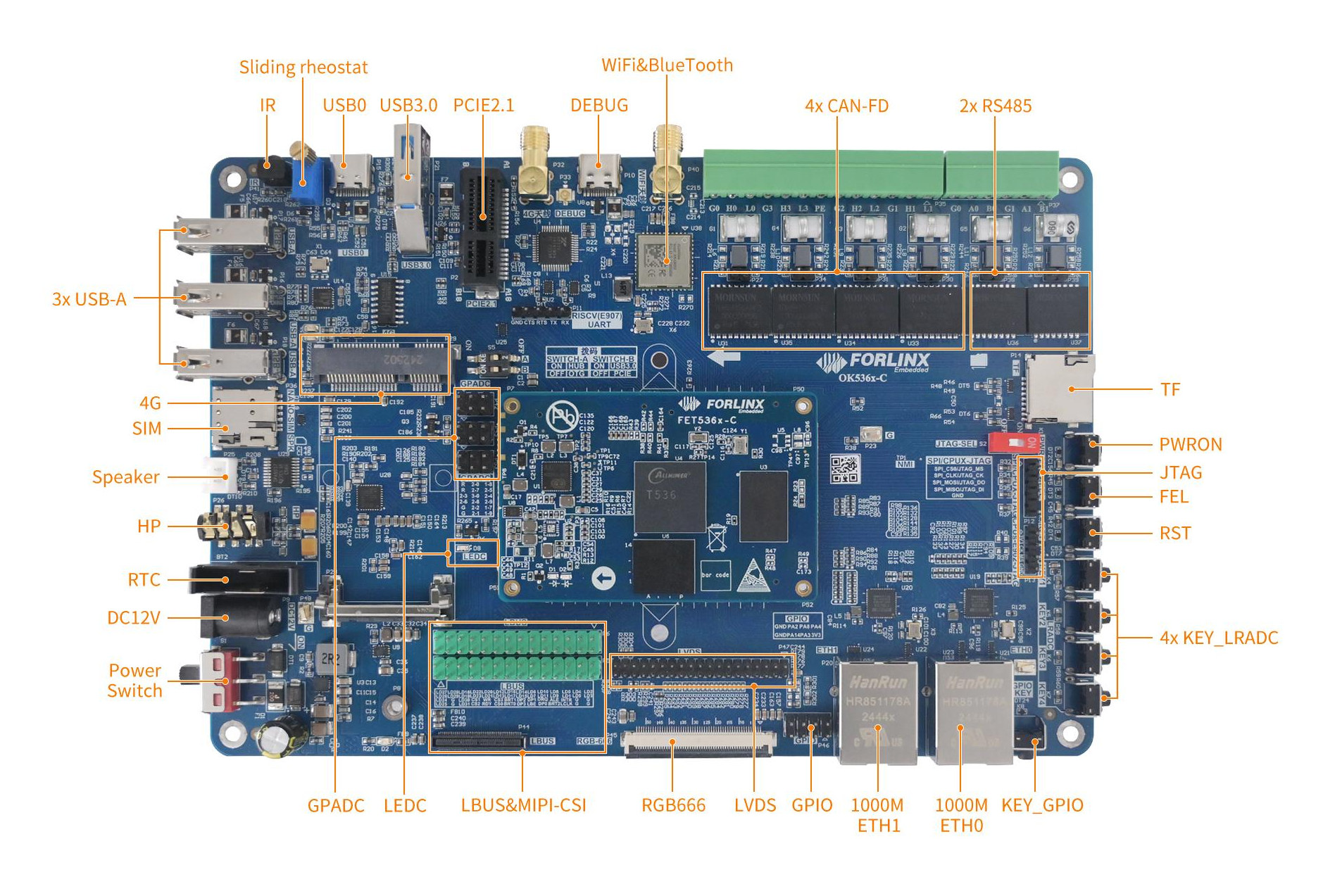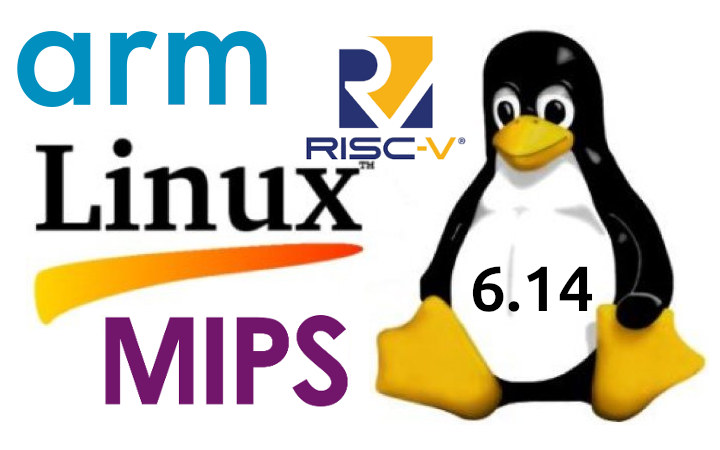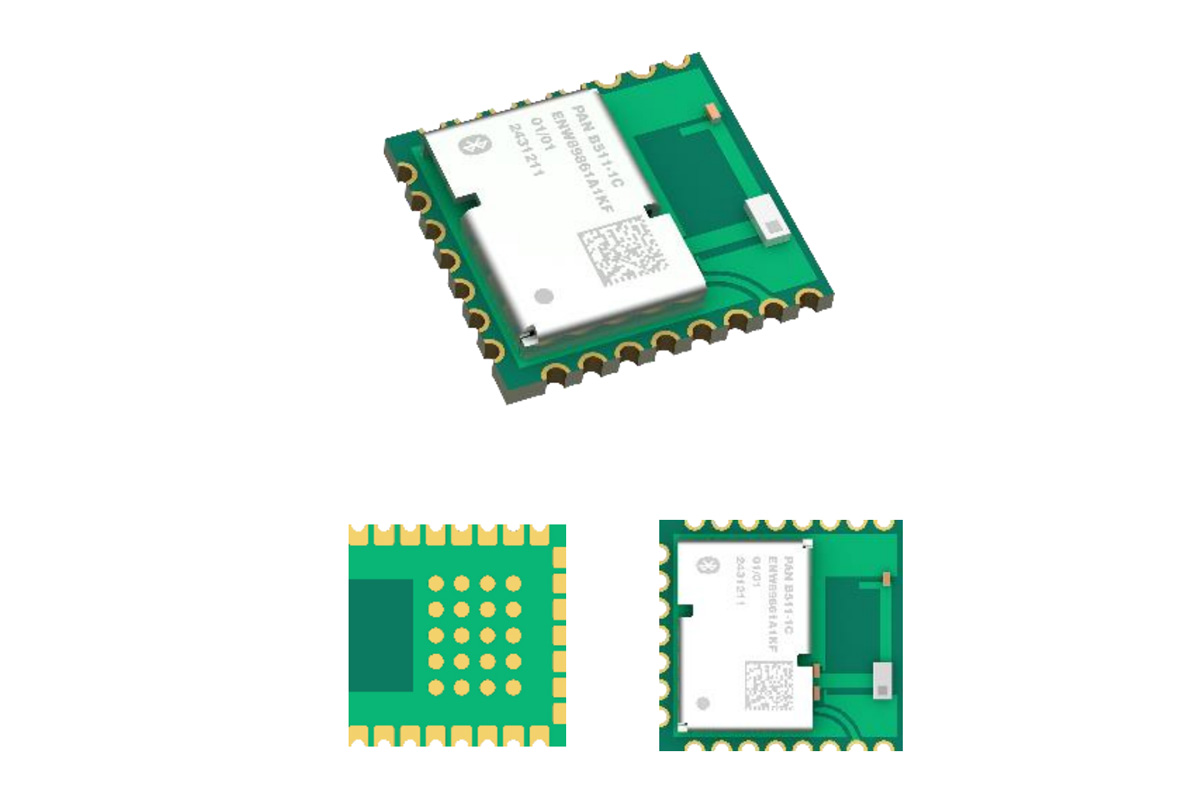Huawei Matebook Pro (HAD-W24 / HAD-W32) resembles a typical laptop with a 14.2-inch display, 24GB to 32GB RAM, and 1TB or 2TB SSD storage. What’s less common is that the processor is not named, and the laptop is the first to run Huawei’s HarmonyOS operating system. Those two are due to Western countries’ sanctions against the Chinese company. Huawei used to sell Intel-based laptops with Windows and Android smartphones, but they’ve not made hardware based on US technology for a while. As software support would eventually run out, they had to work on an alternative named HarmonyOS, which has been used on smartwatches, smartphones, and tablets for a while, but the Matebook Pro is the first computer sold with the new OS. While we don’t know the processor used, reports mention the Kirin X90 10-core (4+4+2) / 20-thread Arm SoC as an “Apple Silicon” solution. MateBook Pro specifications: SoC – […]
Arm introduces new product naming architecture for infrastructure, PC, mobile, automotive, and IoT
We all know that Arm Cortex-A are application cores, Cortex-M microcontroller-class cores, and Cortex-R real-time cores used in various applications from IoT to automotive or architecture. But this may soon be thrown out of the window, as Rene Haas, Arm CEO, has published a short post entitled “The Arm Evolution: From IP to Platform for the AI Era” introducing a new product naming architecture with five categories: Arm Neoverse for infrastructure Arm Niva for PC Arm Lumex for mobile Arm Zena for automotive Arm Orbis for IoT While it’s not explicitly stated in the post, I assume that means the Cortex naming goes away because we’re told the Mali brand will continue as the GPU brand, and the Arm Neoverse N1, based on Cortex-A76, is an example where Cortex branding is not used anymore. So I understand, they just decided to apply similar naming to all the product lines, although […]
Allwinner T113-i industrial gateway supports Ethernet, WiFi, Bluetooth, 4G LTE, offers RS232, RS485, CAN Bus, DI/DO interfaces
MYiR Tech’s MY-EVC700S-V2 is an industrial gateway powered by Allwinner T113-i dual-core Cortex-A7 microprocessor (MPU), and equipped with up to 512MB DDR3, 4GB eMMC flash, and 32KB EEPROM. The fanless industrial-grade gateway offers RS232, RS485, CAN Bus, DO, and DI through terminal blocks, Fast Ethernet, WiFi, Bluetooth, and 4GB LTE connectivity, HDMI and LVDS display interfaces, a few USB ports, and more. MY-EVC700S-V2 specifications: SoC – Allwinner T113-i CPU Dual-core Arm Cortex-A7 clocked at up to 1.2 GHz 64-bit XuanTie C906 RISC-V real-time core DSP – HiFi4 VPU Video decoder – H.265 up to 4K @ 30 FPS, H.264 up to 4K @ 24 FPS, MPEG-1/2/4, JPEG, Xvid, Sorenson Spark up to 1080p60 Video encoder – JPEG/MJPEG up to 1080p60 Package – LFBGA 337 balls, 13 x 13 mm System Memory – 512MB DDR3 Storage 4GB eMMC flash 32KB EEPROM MicroSD card slot Display Interfaces LVDS-to-HDMI interface (optional) LVDS connector […]
Canonical releases Ubuntu 24.04 Desktop image for the Qualcomm DragonWing QCS6490 and QCS5430 processors
Canonical has just released a publicly available Ubuntu 24.04 Desktop beta image for the Qualcomm DragonWing QCS6490 and QCS5430 processors, and more specifically for the Qualcomm RB3 Gen 2 Vision Kit (QCS6490) and Qualcomm RB3 Gen 2 Lite Vision Kit (QCS5430). This adds to the existing Ubuntu 24.04 Server image for the Qualcomm vision kits, and Canonical says the unified image is currently designed for developers, ODMs/OEMs, and customers who want to evaluate the solution, and certified versions of Ubuntu 24.04 Desktop and Server images are coming soon with long term support and maintenance. Canonical explains the image enables the full Ubuntu Desktop experience at the edge with “powerful AI acceleration with high-performance graphics” (so I assume that means GPU and NPU are already supported), enhanced camera and multimedia capabilities, sensor integration, and various performance optimizations of the DragonWing family. So the way I read the announcement is that contrary […]
Zalmotek RA6M1, RA8M1, and RZ/A3U SoMs follow Adafruit Feather form factor, support carrier board for robotics and industrial control
Romanian company Zalmotek has recently introduced three new SoMs, the RA6M1, RA8M1, and RZ/A3UL, and a modular carrier board designed for embedded applications such as robotics, industrial control, and edge computing. There are a few things that I find interesting about this setup. The SoM comes in Adafruit Feather form factor and, as a result, supports various Adafruit FeatherWings. The modular carrier board supports the Dynamixel motor driver module, the Particle M-SoM breakout module, Ethernet, and CAN modules. The RA6M1 Feather SoM is powered by a Renesas RA6M1 Arm Cortex-M4 CPU at up to 120 MHz, with 512 KB flash and 96 KB SRAM while the RA8M1 Feather SoM features a Renesas RA8M1 64-bit Arm Cortex-M85 running at up to 360 MHz with 128 Mbit SPI flash, the RZ/A3UL Feather SoM is based on a Renesas RZ/A3UL 64-bit Arm Cortex-A55 CPU at up to 1 GHz, with 512 Mbit OctaFlash […]
Allwinner T536 quad-core Arm Cortex-A55 & RISC-V industrial SoC supports ECC RAM, up to 3 TOP AI accelerator
Allwinner T536 SoC features four Cortex-A55 cores, a 600 MHz RISC-V core, and a low-power RISC-V for power management, as well as support for ECC memory and an optional NPU with up to 3 TOPS of AI performance. The processor is designed to work in the industrial temperature range (-40 to +85°C) and offers plenty of I/Os, including two Gigabit Ethernet, a USB 3.1 DRD and PCIe Gen2 conbo, MIPI DSI, RGB, and LVDS display interfaces, paralle CSI and MIPI CSI camera interfaces, CAN FD, SPI, I2C, UART, several ADC, and more. The SoC is designed for interactive terminals, smart manufacturing, and other Edge AI industrial equipment. Allwinner T536 specifications: CPU cores Quad-core Arm Cortex-A55 @ up to 1.6GHz Single-core E907 RISC-V core @ up to 600 MHz Single-core E902 RISC-V MCU for low-power management GPU – G2D hardware accelerator with rotate, mixer, and scaler functions ISP Max resolution – […]
Linux 6.14 release – Main changes, Arm, RISC-V, and MIPS architecture
Linus Torvalds has just announced the release of Linux 6.14 on LKML: So it’s early Monday morning (well – early for me, I’m not really a morning person), and I’d love to have some good excuse for why I didn’t do the 6.14 release yesterday on my regular Sunday afternoon release schedule. I’d like to say that some important last-minute thing came up and delayed things. But no. It’s just pure incompetence. Because absolutely nothing last-minute happened yesterday, and I was just clearing up some unrelated things in order to be ready for the merge window. And in the process just entirely forgot to actually ever cut the release. D’oh. So yes, a little delayed for no good reason at all, and obviously that means that the merge window has opened. No rest for the wicked (or the incompetent). Below is the shortlog for the last week. It’s nice and […]
Panasonic PAN B511-1C Bluetooth 6.0 and 802.15.4 module features castellated holes and LGA footprint
Panasonic industry has recently introduced the PAN B511-1C Bluetooth 6.0 and 802.15.4 module based on the Nordic Semi nRF54L15 SoC and designed for ultra-low-power wireless communication. The compact module integrates a chip antenna, 32MBit flash memory, two Crystals, and the Nordic nRF54L51 which provides a 128 MHz Arm Cortex-M33 microcontroller with Bluetooth 6.0 (LE), Thread, Zigbee, and Matter, along with multiple peripherals such as SPI, UART, I2S, PWM, and ADC. The PAN B511-1C also implements security features to support secure boot, secure firmware updates, cryptographic acceleration, and tamper detection, making it suitable for a range of IoT, industrial automation, smart home, medical (wearables), and battery-powered applications. PAN B511-1C module specification: SoC – Nordic Semiconductor nRF54L15 MCU cores Arm Cortex-M33 with Arm TrustZone @ 128MHz RISC-V coprocessor for software-defined peripheral Memory – 256KB SRAM Storage – 1.5MB non-volatile memory Wireless Bluetooth 6.0 Data rates – 2Mbps, 1Mbps, 500kbps, 125kbps Features AoA / […]




